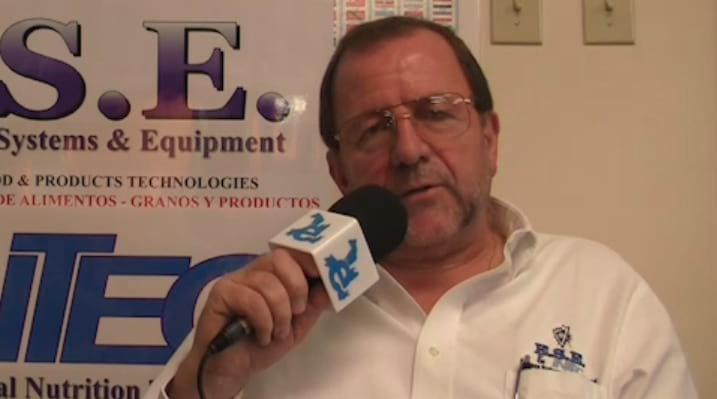Feed Preconditioning
Better Pellets with preconditioning
A nice article which talks about the advantage of double paddle, microbial load reduction due t pasterization and thus FCR improvement.
It has been mentioned that moiture addition is critical and most pellet mills can handle max 18% moisture in preconditioned mash. I could not reach this 18% moisture. Is there any way to improve this?
Interesting article about Better Pellets with preconditioning. You can try using emulsifier. Add it with water then spray in mixer. Although 18% is really high, you might need to add more emulsifier in ratio with water.

In this article about Better Pellets with preconditioning, it is mentioned retention times since 30 s to 5 min, a great range. Which would be the best retention time?
Good article about Better Pellets with preconditioning. An ideal retention time in the preconditioner would be 2-3 minutes.
Galen Rokey
Interesting article about Better Pellets with preconditioning. Ideal retention time is 3 min
Good article about Pellets. A good conditioniing will increase the digestability of feed by animal. so injection of steam and points of steam are also be monitered. the Tome Temperature( Time Temperature & Moisture) the retention time at conditioner , and steam quality, effeciency to mix it well and penitration of moisture. so now a days conditoning of pellets are most help ful for good growth and also for long water stability.
Your article is amazing and it will surely catch more people’s focus. Whirlston pellet mill machine.
It’s a good and detailed article on pellet quality.
We feel around 3 minutes should be preconditioning time which ensures better gelatinisation.
Running pellet mill continuesly always gives better quality pellets.
Regard.
I'm not sure about it, but I have some questions:
1) What is the difference between VFD and integrators?
2) The integrators have control for feeder and conditioner only?
3) What does the integrators control to improve pellets?
Thanks, Choi.















.jpg&w=3840&q=75)